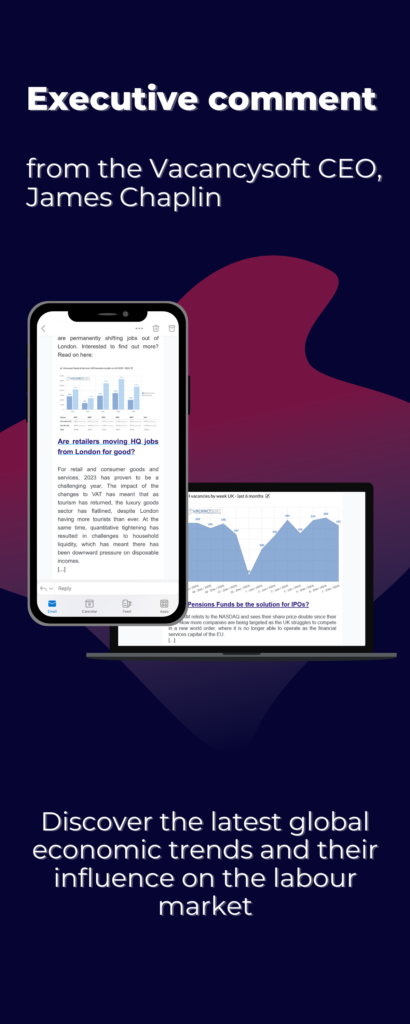
Information about jobs is easy to find, and with Google jobs going live now, it’s about to become even easier. For recruitment managers, therefore, the temptation to use free sources of job information for leads is high, especially at a time when budgets are under scrutiny. However, people doing that should be wary of what they end up with.
Firstly, if time is the only finite resource, having low-quality sources of information is a guaranteed way to reduce productivity, as people are forced to qualify the lead, before acting on it. This means that for consultants wanting to be first through the door when putting their candidates forward, they end up at a strategic disadvantage.
Then think about the dangers of
Thirdly, with lower quality sources, it is easy to get drowned in data. For example, if company information is not standardised, this can lead to a myriad of different corporate names appearing, where the consultant calling against one job sounds uninformed for not knowing about the others. Not great when competing in such a commoditised space. Once again, the culprit is poor data quality.
Also, reflect on that with poor data quality, there is a big chance for duplication both in jobs and companies. For someone trying to get an overview of market activity, the reality is, that distortions can make it impossible. For example, a PLC with subsidiaries may have a central careers centre along with job postings on its subsidiary websites as well, where any vacancy gets posted on both sites. In that scenario, even though only one job exists, two appear digitally. Between that and other similar examples, duplication of jobs is rampant. Therefore without a commitment to de-duplication, any market analysis is flawed.
We understand this and make it our mission to provide the best possible data grade for subscribers.
Firstly, our company information is based on the industry classification benchmark, which is the system used to categorise companies in the London and New York Stock Exchanges. Every company we publish information about will be categorised by industry, sector, headcount and HQ location. What this means as an example, is that if someone only wants job information about American Technology companies posting jobs in the UK, we can provide them with that. Similarly, if someone wants just SME businesses in Media Agencies in Manchester, we can do that too.
Secondly, our process is to QC every job we publish, which means we provide fixed data points also by role. We have developed a proprietary logic for how we codify jobs, where we segment firstly by professional function, so Accountants, HR, Marketers, Scientists etc. Within that, we create a layer by divisional area, so for example Tax Accountants, then we create data points by role. What this means is we can
It is for that reason now over forty of the largest fifty global recruiters based in the UK use Vacancysoft, where our average retention rate is over 90% per year.
If you are not already a client, then please do contact us to see how we can help you.
Over the last ten


